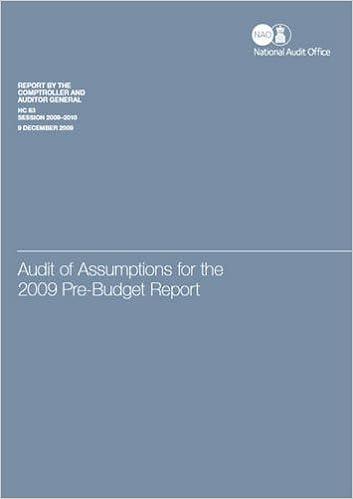Question
he following financial statements apply to Robin Company. 2015 2014 Revenues Net sales $ 211,600 $ 176,600 Other revenues 8,300 5,200 Total revenues 219,900 181,800
he following financial statements apply to Robin Company. 2015 2014 Revenues Net sales $ 211,600 $ 176,600 Other revenues 8,300 5,200 Total revenues 219,900 181,800 Expenses Cost of goods sold 125,600 101,200 Selling expenses 19,700 17,700 General and administrative expenses 9,100 8,100 Interest expense 2,200 2,200 Income tax expense 19,800 17,600 Total expenses 176,400 146,800 Earnings from continuing operations before extraordinary items 43,500 35,000 Extraordinary gain (net of $2,200 tax) 2,600 0 Net income $ 46,100 $ 35,000 Assets Current assets Cash $ 5,600 $ 6,700 Marketable securities 1,800 1,800 Accounts receivable 35,400 31,500 Inventories 100,000 94,800 Prepaid expenses 4,200 3,200 Total current assets 147,000 138,000 Plant and equipment (net) 105,300 105,300 Intangibles 20,400 0 Total assets $ 272,700 $ 243,300 Liabilities and Stockholders Equity Liabilities Current liabilities Accounts payable $ 39,100 $ 54,800 Other 15,000 15,400 Total current liabilities 54,100 70,200 Bonds payable 65,400 66,400 Total liabilities 119,500 136,600 Stockholders equity Common stock (46,000 shares) 113,300 113,300 Retained earnings 39,900 (6,600 ) Total stockholders equity 153,200 106,700 Total liabilities and stockholders equity $ 272,700 $ 243,300 Required Calculate the following ratios for 2014 and 2015. When data limitations prohibit computing averages, use year-end balances in your calculations. a. Net margin. (Round your answers to 2 decimal places. (i.e., .2345 should be entered as 23.45).) b. Return on investment. (Since 2013 numbers are not presented do not use averages when calculating the ratios for 2014. Instead, use the number presented on the 2014 balance sheet. Round your answers to 2 decimal places. (i.e., .2345 should be entered as 23.45).) c. Return on equity. (Since 2013 numbers are not presented do not use averages when calculating the ratios for 2014. Instead, use the number presented on the 2014 balance sheet. Round your answers to 2 decimal places. (i.e., .2345 should be entered as 23.45).) d. Earnings per share. (Round your answers to 2 decimal places.) e. Price-earnings ratio (market prices at the end of 2014 and 2015 were $5.94 and $4.91, respectively). (Round intermediate calculations and final answers to 2 decimal places.) f. Book value per share of common stock. (Round your answers to 2 decimal places.) g. Times interest earned. (Exclude extraordinary income in the calculation as they cannot be expected to recur and, therefore, will not be available to satisfy future interest payments. Round your answers to 2 decimal places.) h. Working capital. i. Current ratio. (Round your answers to 2 decimal places.) j. Quick (acid-test) ratio. (Round your answers to 2 decimal places.) k. Accounts receivable turnover. (Since 2013 numbers are not presented do not use averages when calculating the ratios for 2014. Instead, use the number presented on the 2014 balance sheet. Round your answers to 2 decimal places.) l. Inventory turnover. (Since 2013 numbers are not presented do not use averages when calculating the ratios for 2014. Instead, use the number presented on the 2014 balance sheet. Round your answers to 2 decimal places.) m. Debt to equity ratio. (Round your answers to 2 decimal places.) n. Debt to assets ratio. (Round final answers to the nearest whole percent.)
Step by Step Solution
There are 3 Steps involved in it
Step: 1

Get Instant Access to Expert-Tailored Solutions
See step-by-step solutions with expert insights and AI powered tools for academic success
Step: 2

Step: 3

Ace Your Homework with AI
Get the answers you need in no time with our AI-driven, step-by-step assistance
Get Started


